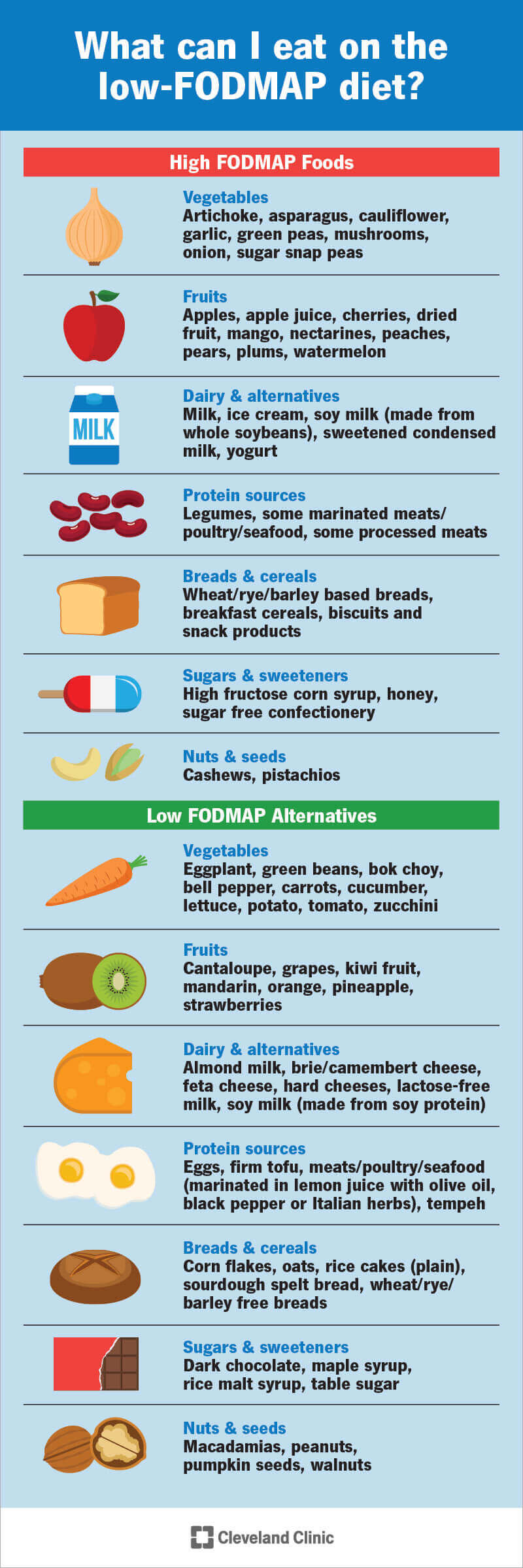“I don’t like myself” is one of the most troubling thoughts to express.
We all talk about the importance of loving yourself, but what about for those of us who feel like even liking ourselves is an impossible task?
For those dealing with self-loathing and all the pain and suffering that comes with it, there is nothing more difficult than loving yourself, and nothing that comes more naturally than finding reasons to hate yourself even more.
In this article, I explore the entire concept of self-loathing: why we experience it, where it comes from, the types and signs of self-loathing, and how we can pull ourselves back from the brink of despair in the ultimate effort of loving ourselves once again.
What is Self-Loathing and Where Does It Come From?
We can’t control the world around us, and we can’t control what other people do or how other people feel.
All we can control is ourselves: our own thoughts, actions, and beliefs.
This is why the state of self-loathing can be one of the most self-destructive mental states an individual can fall victim to, as it turns the only place in the world where they should feel safe and in control — their mind — into a place that is dangerous and unforgiving.
Self-loathing is the subtle, underlying belief that we are simply undeserving of love and happiness.
Whereas other people have an innate feeling that they deserve success, recognition, and joy, self-loathing traps you in a state of mind where you feel the complete opposite, and anything negative that may happen to you doesn’t come as a surprise, but as something you expect and deserve.
And self-loathing acts as a vicious cycle:
The inner negativity and toxicity of a self-loathing mindset hold the individual back from achieving what they might want to achieve, leading to a stream of failures in all aspects of their life, and these failures are ultimately used to justify the self-loathing we feel.
Until a person essentially manages to snap out of it through personal growth or with the help of outside intervention, self-loathing can last for as long as they live, growing worse and worse over time.
But how does the human mind fall into the cycle of self-loathing?
According to psychologists Dr. Robert and Lisa Firestone, the most common cause of self-critical thoughts among individuals is the belief that they are different from other people.
the most common cause of self-critical thoughts among individuals is the belief that they are different from other people
They see how other people act, feel, and look, and then look at themselves and focus on all the ways they are negatively different.
This might spur them to try to change themselves, but in many ways the parts of themselves that are “different” aren’t things they can truly change, like their appearance or their personality, and this leads to self-criticism and ultimately, self-loathing.
These critical and self-hating thoughts lead us to thinking things like …
Keep reading on Hack Spirit











